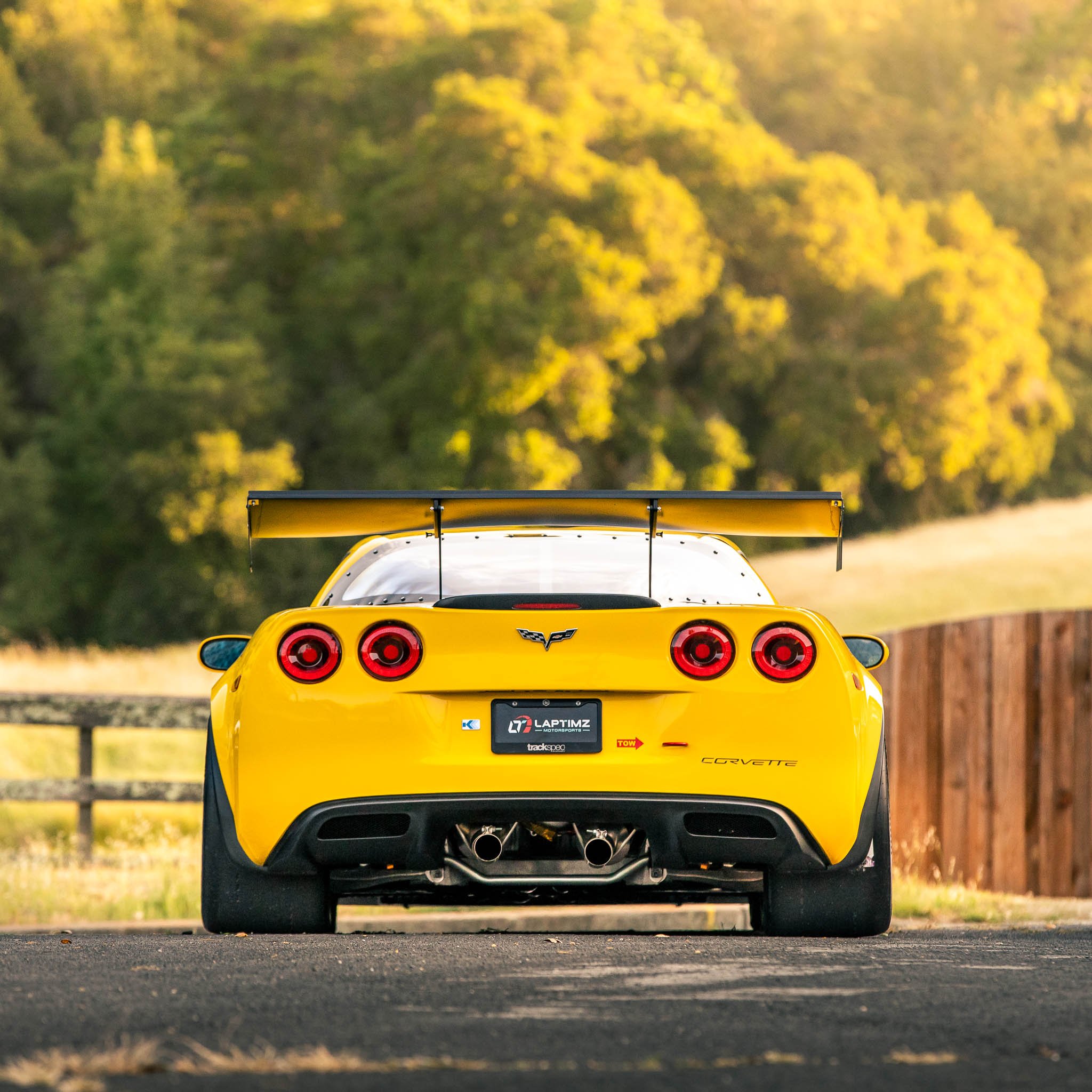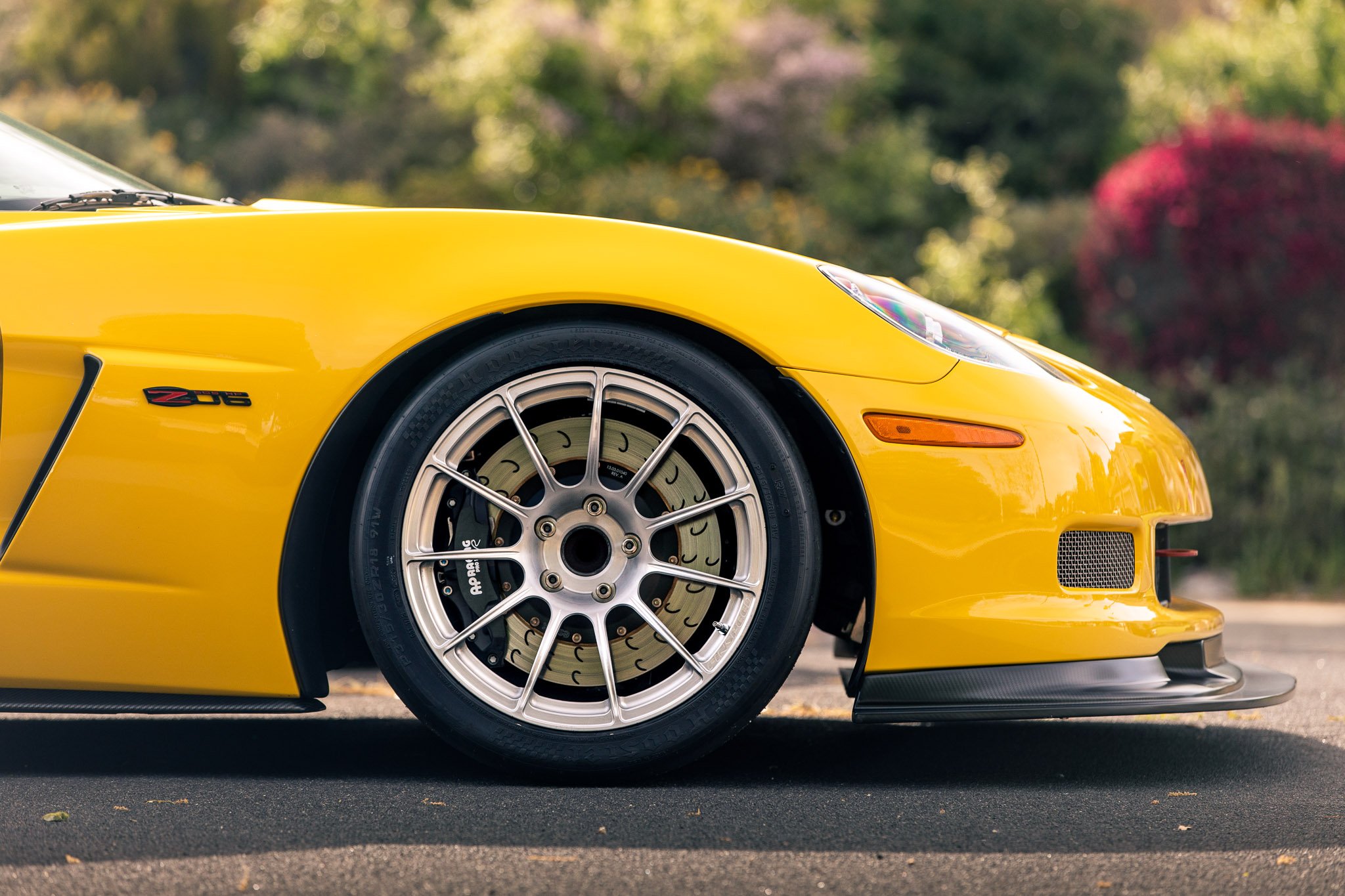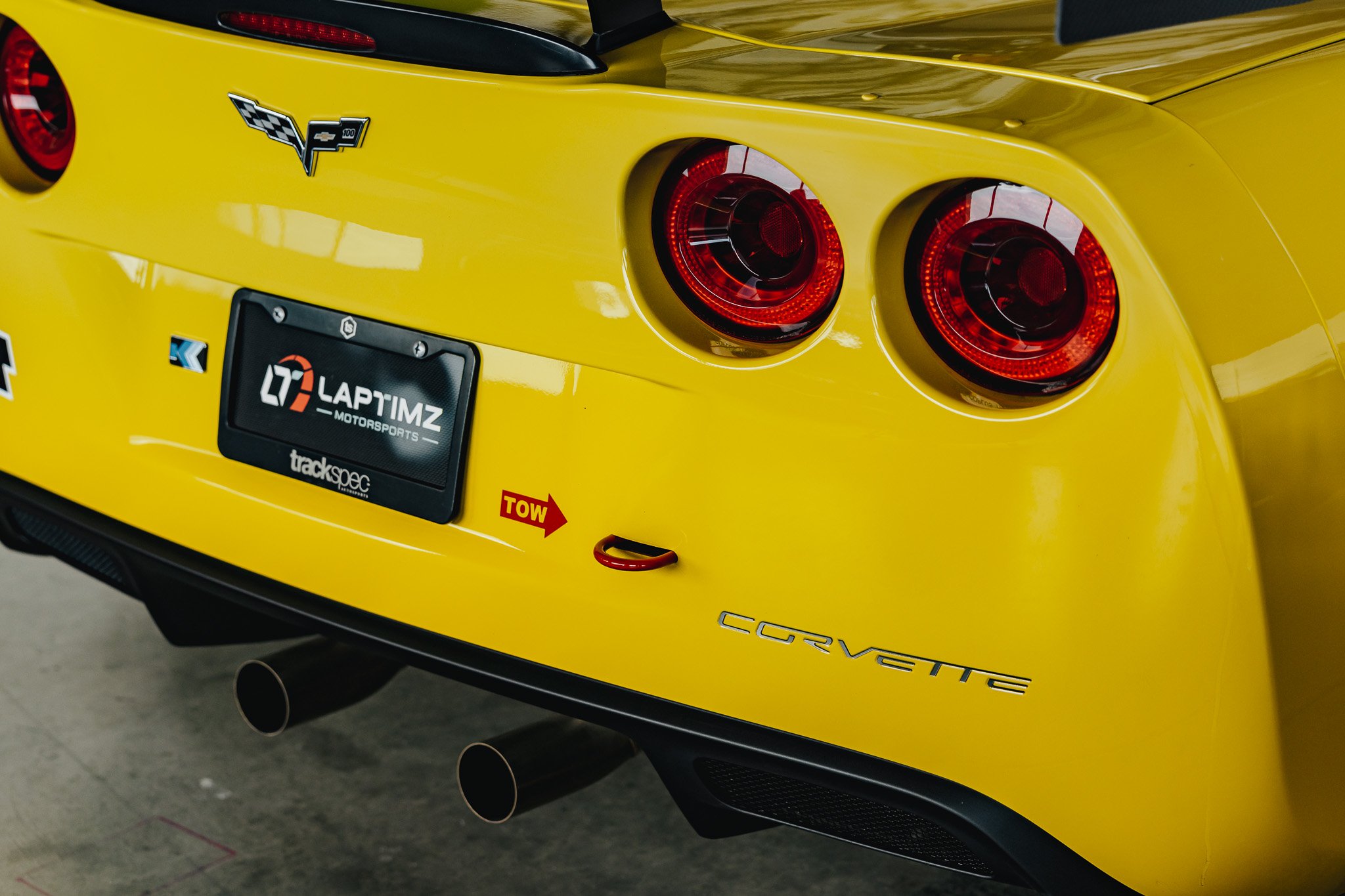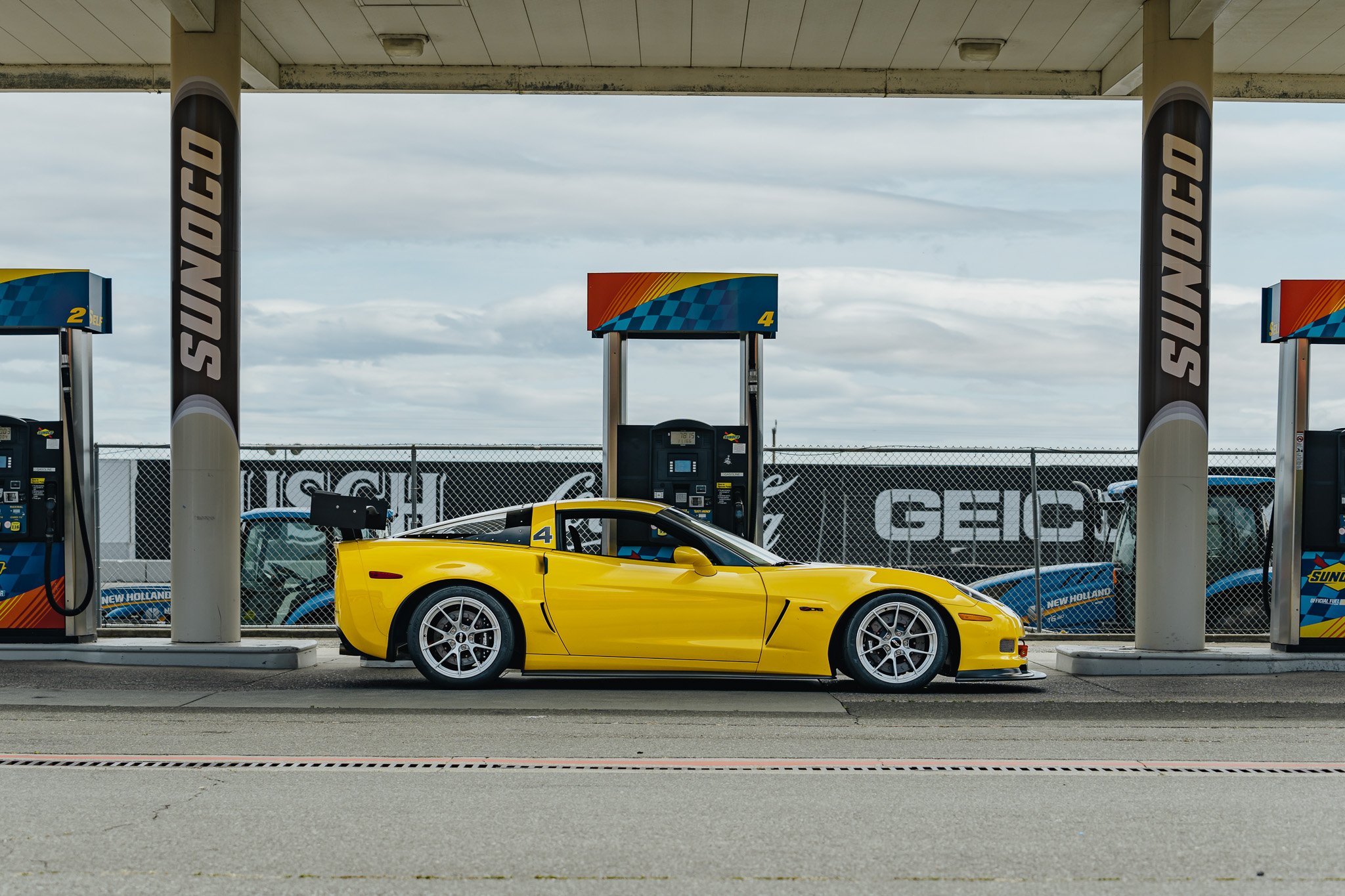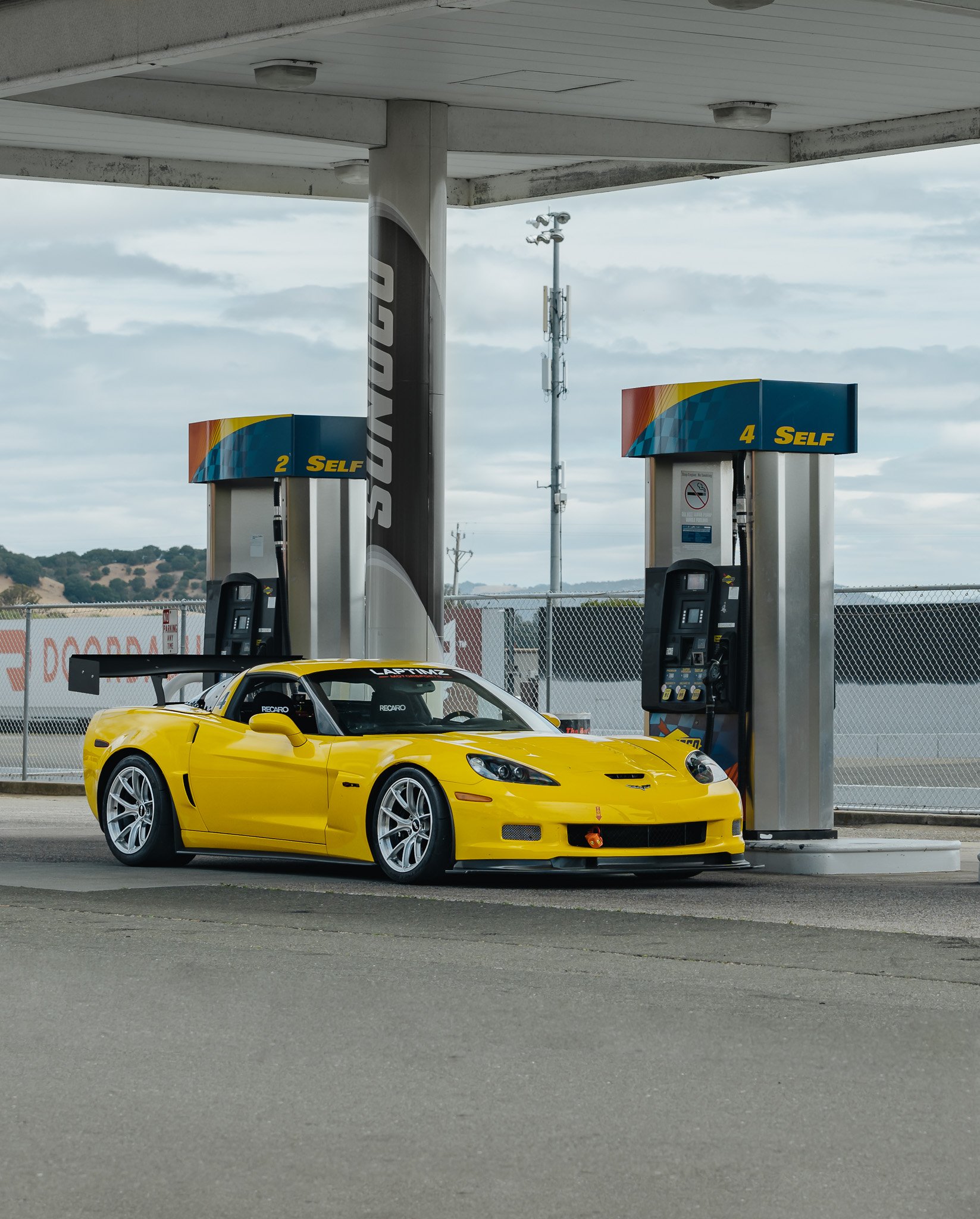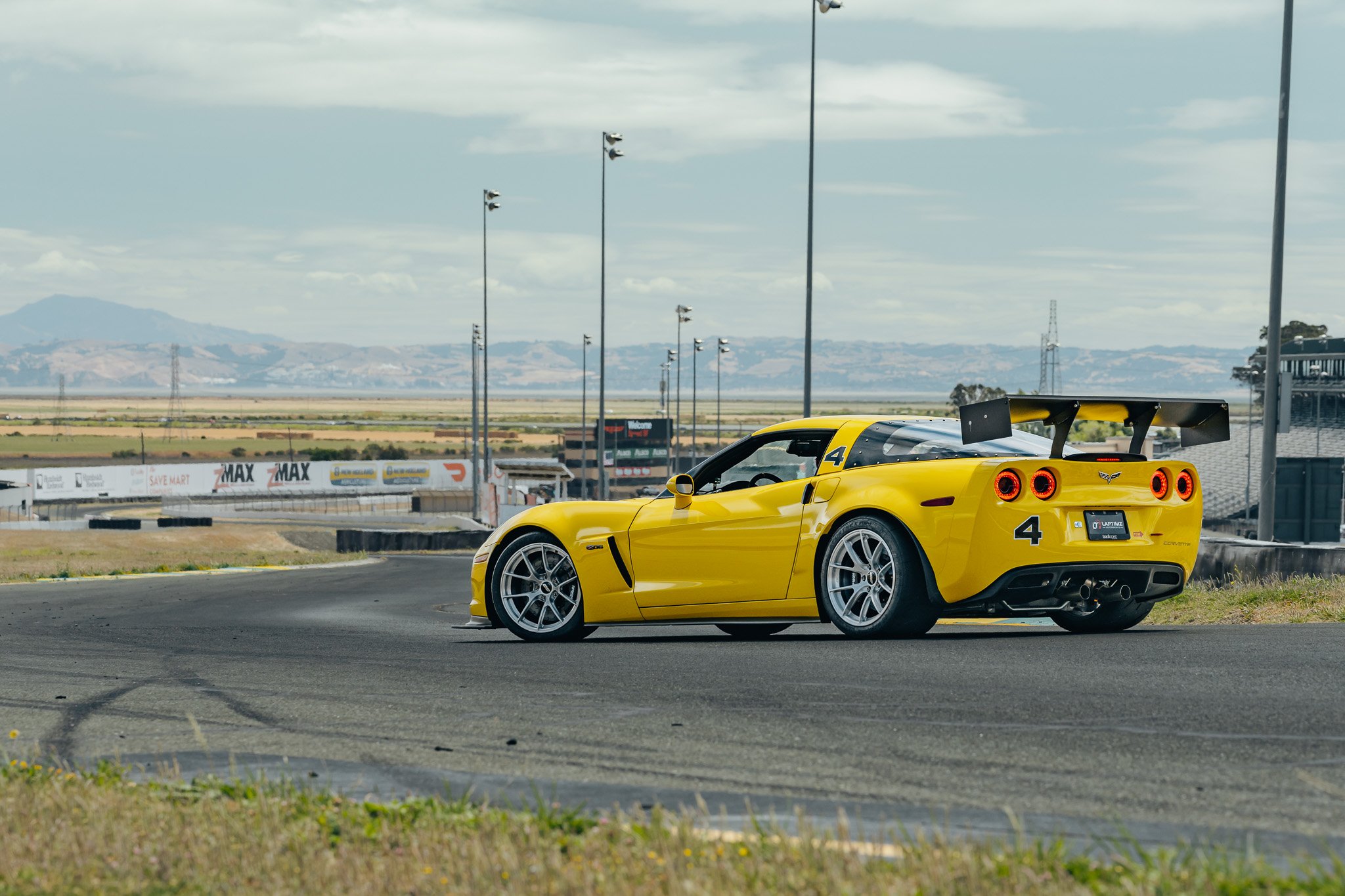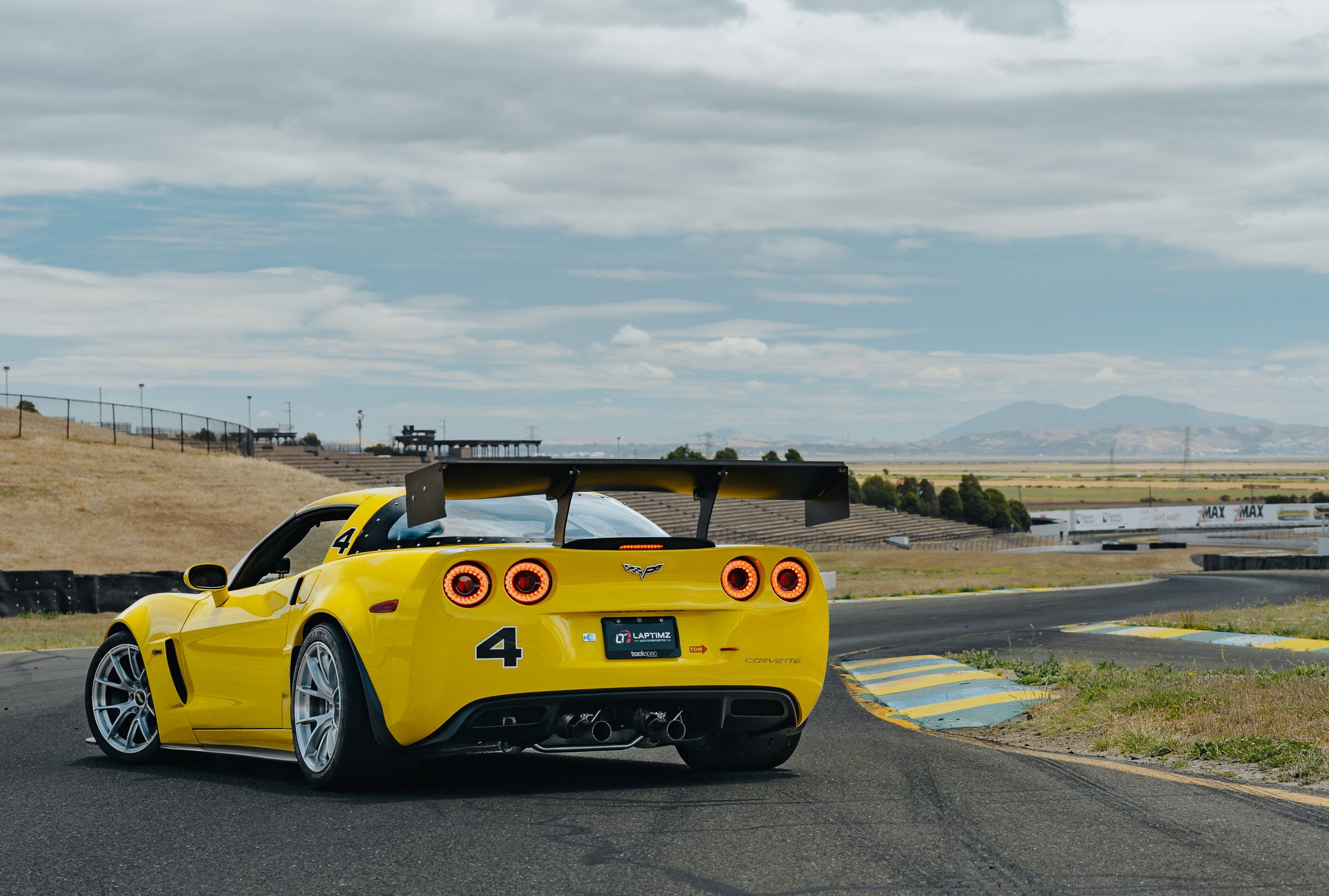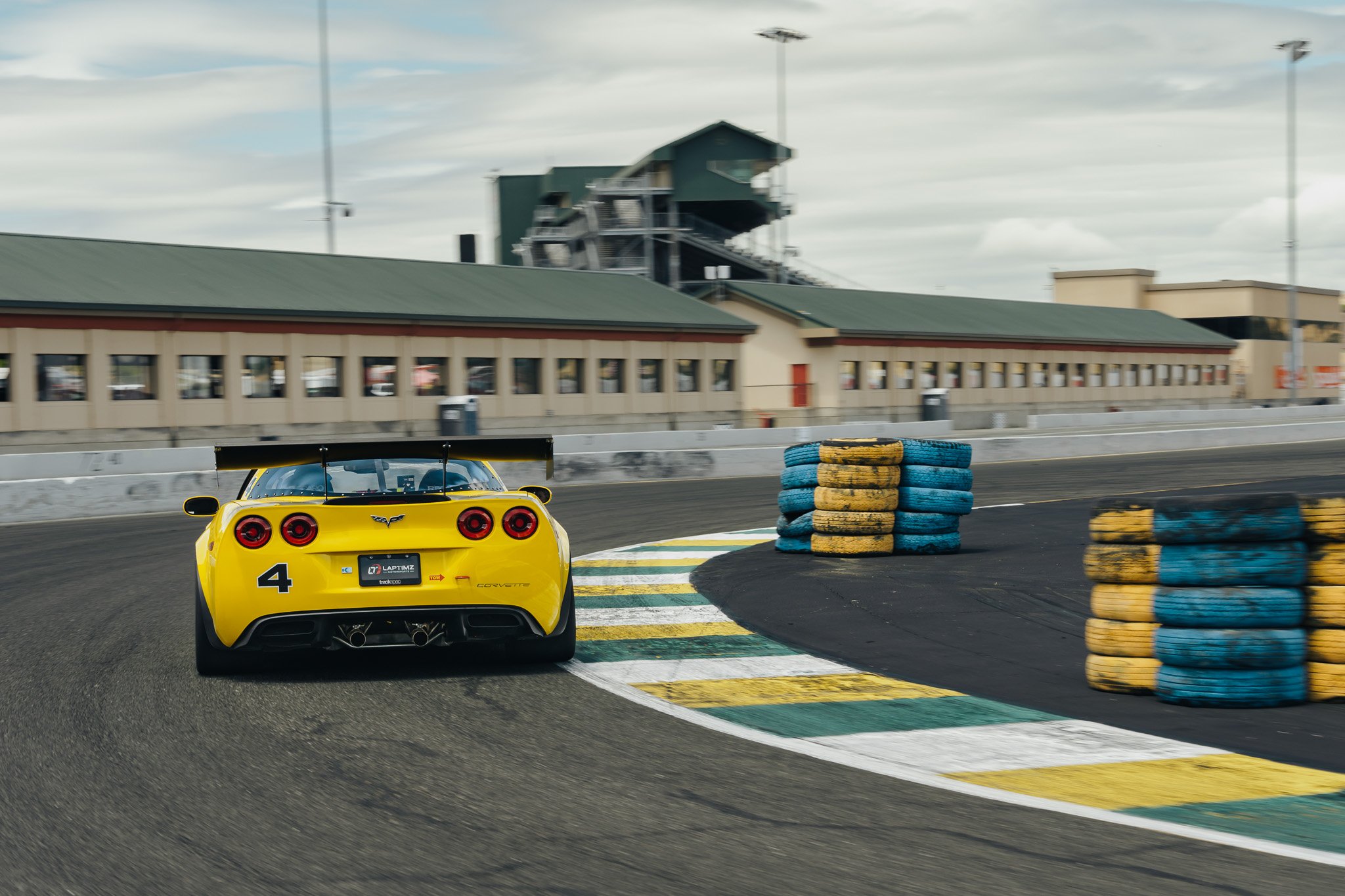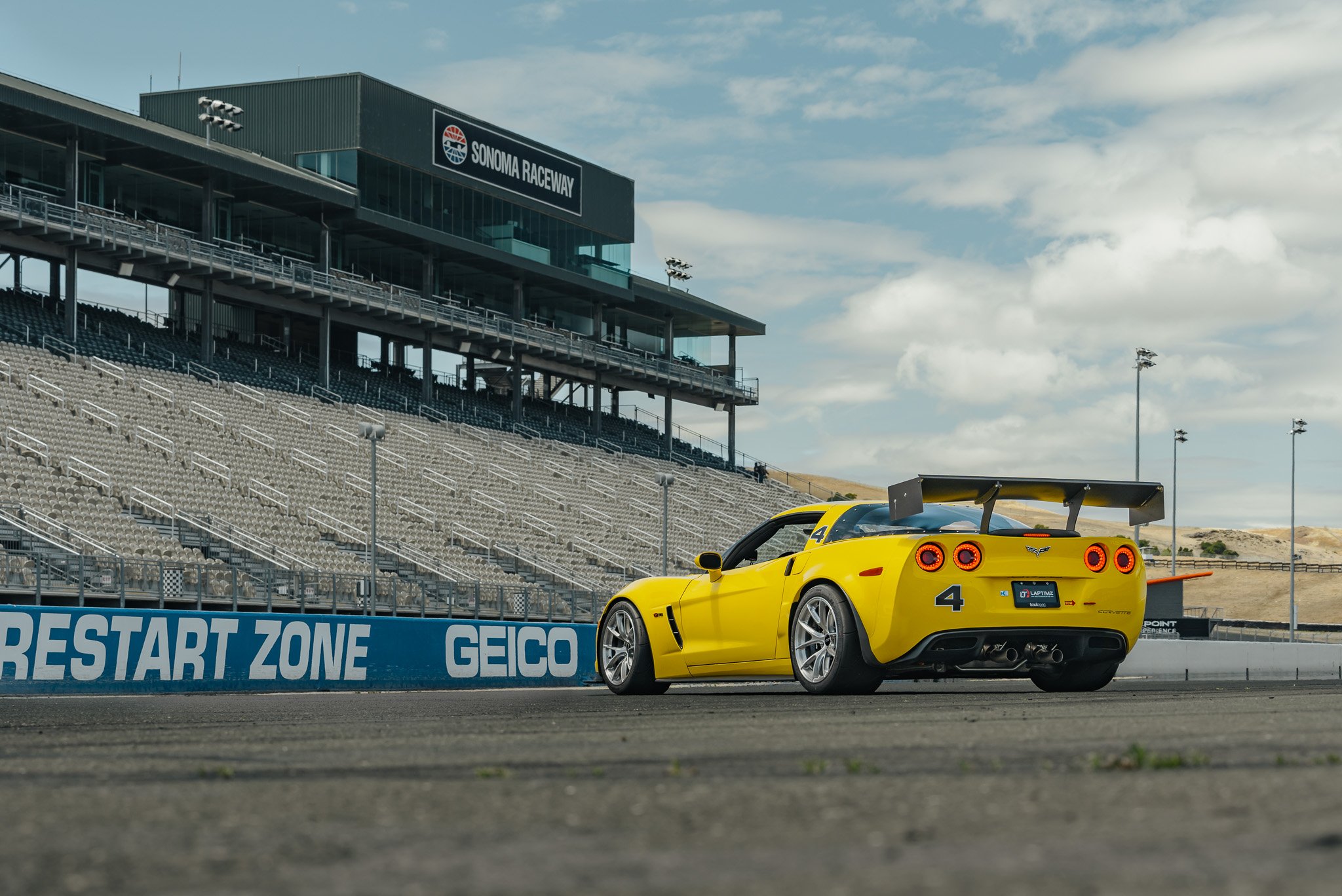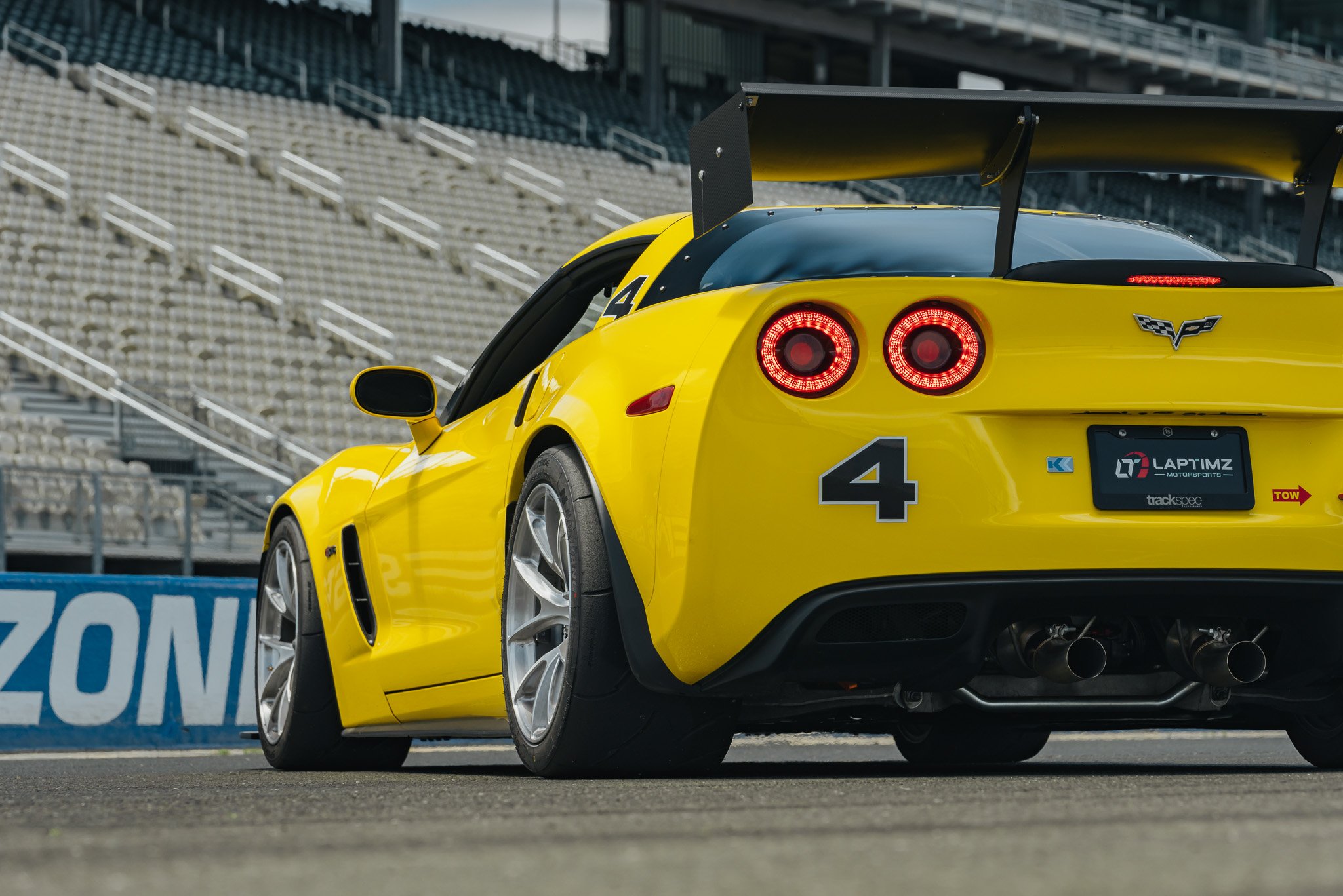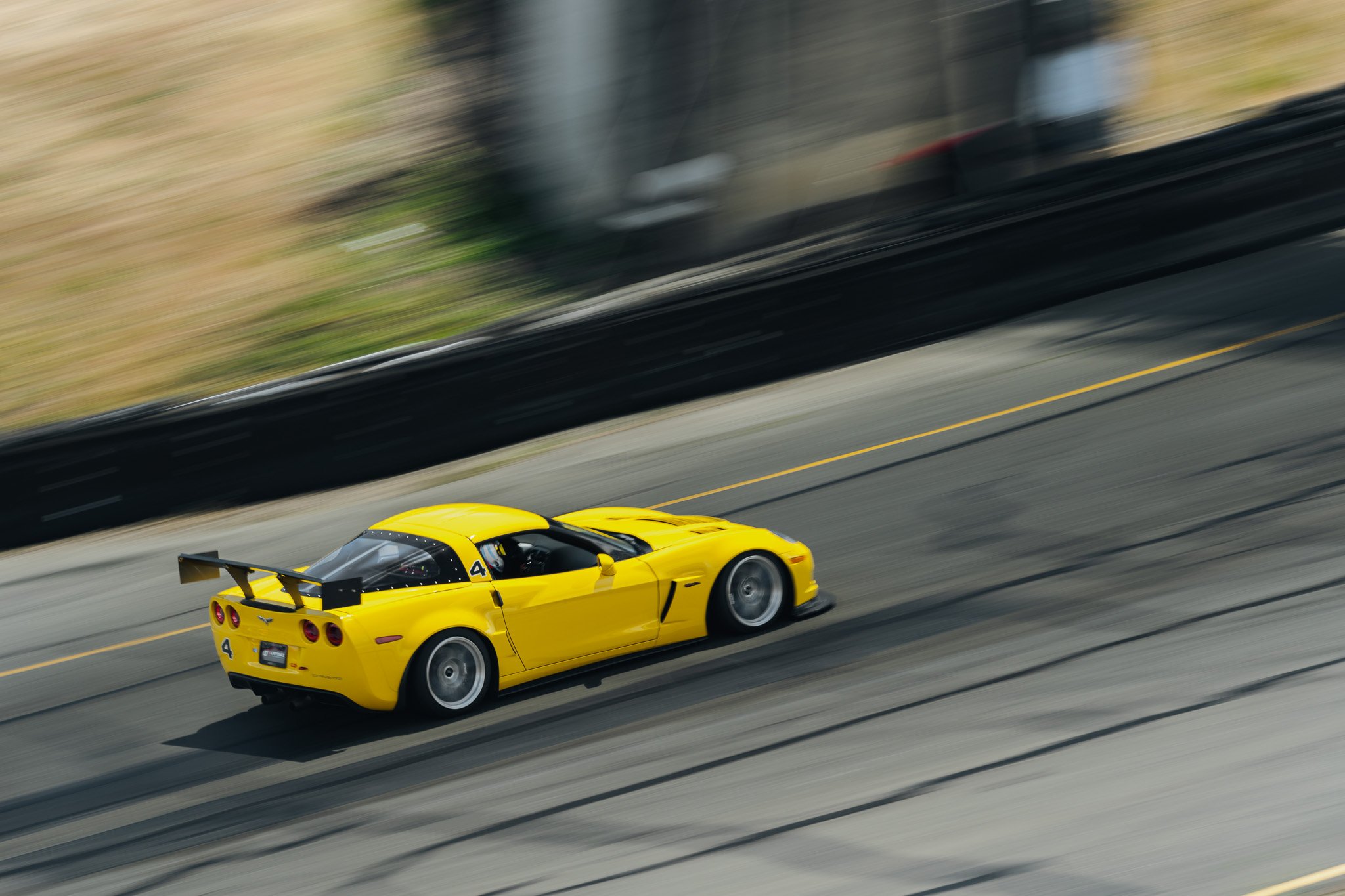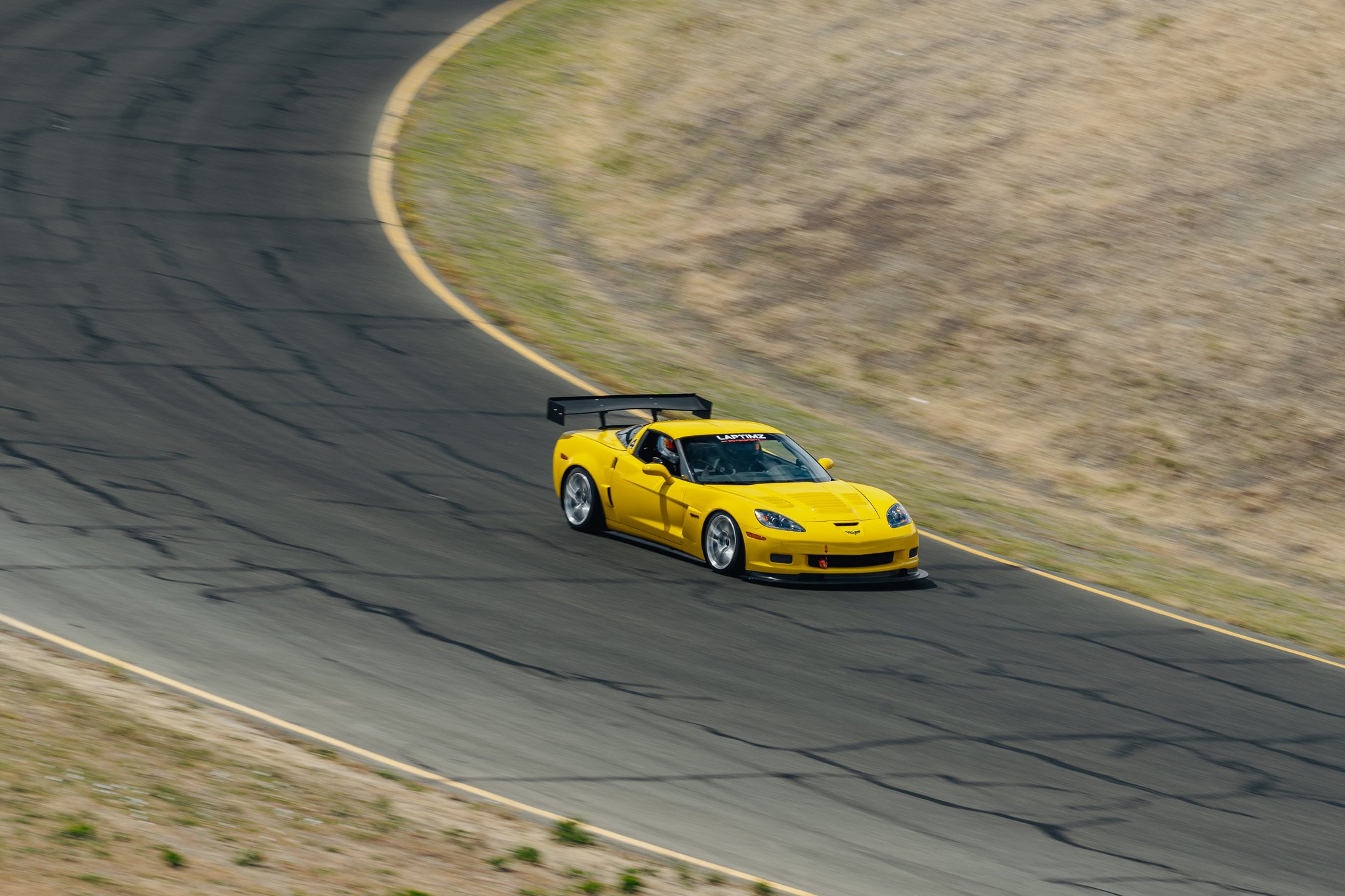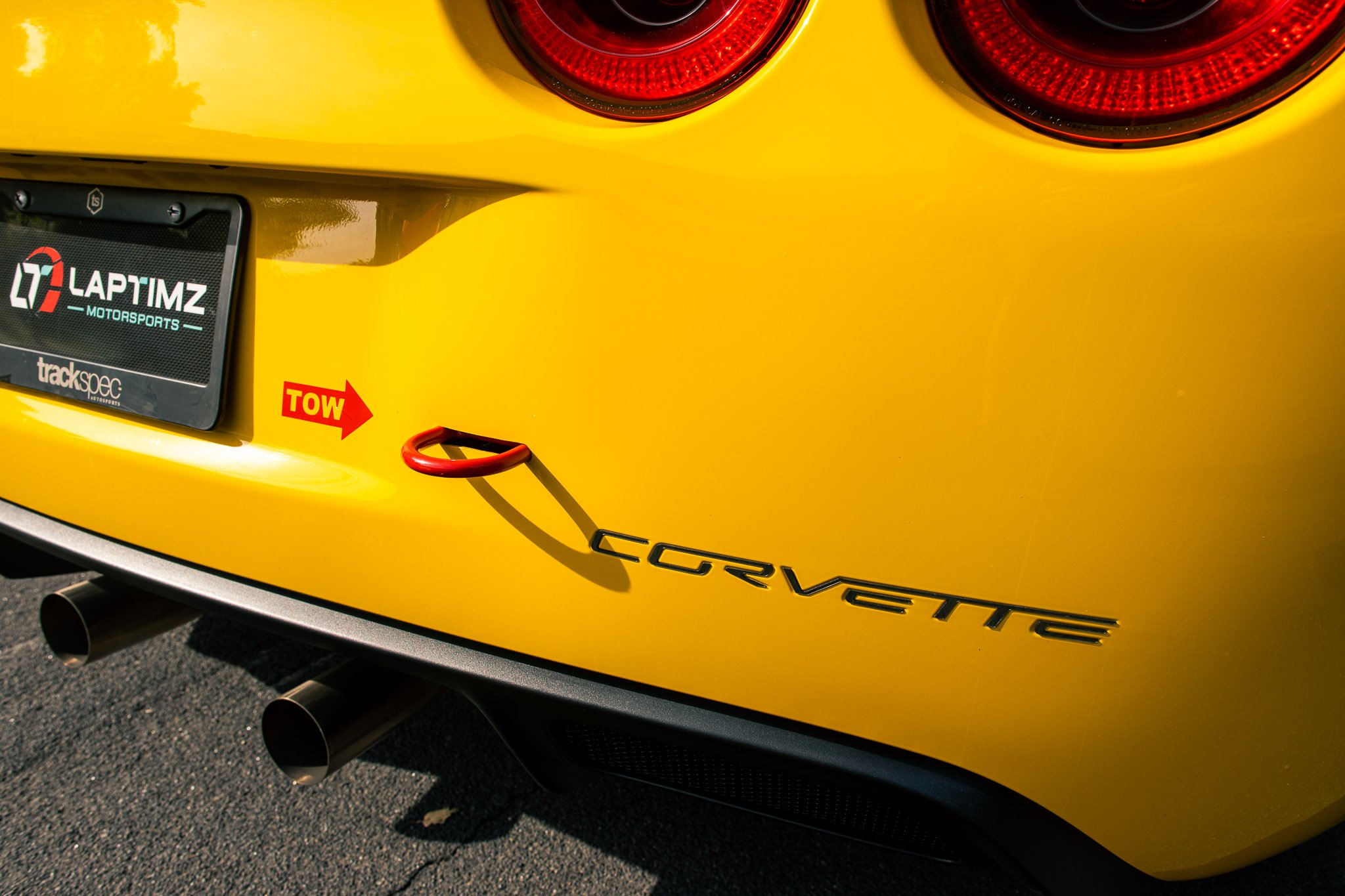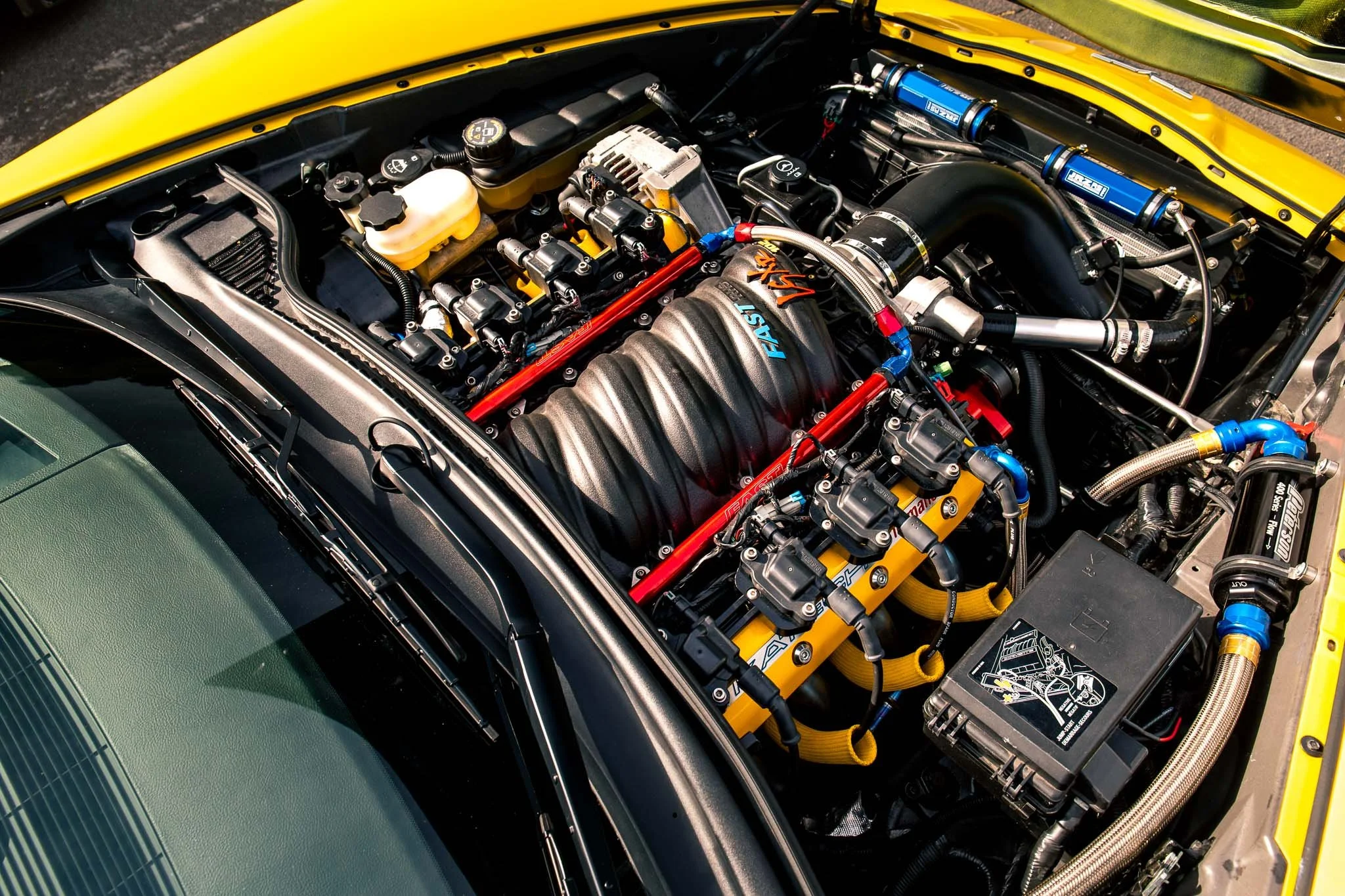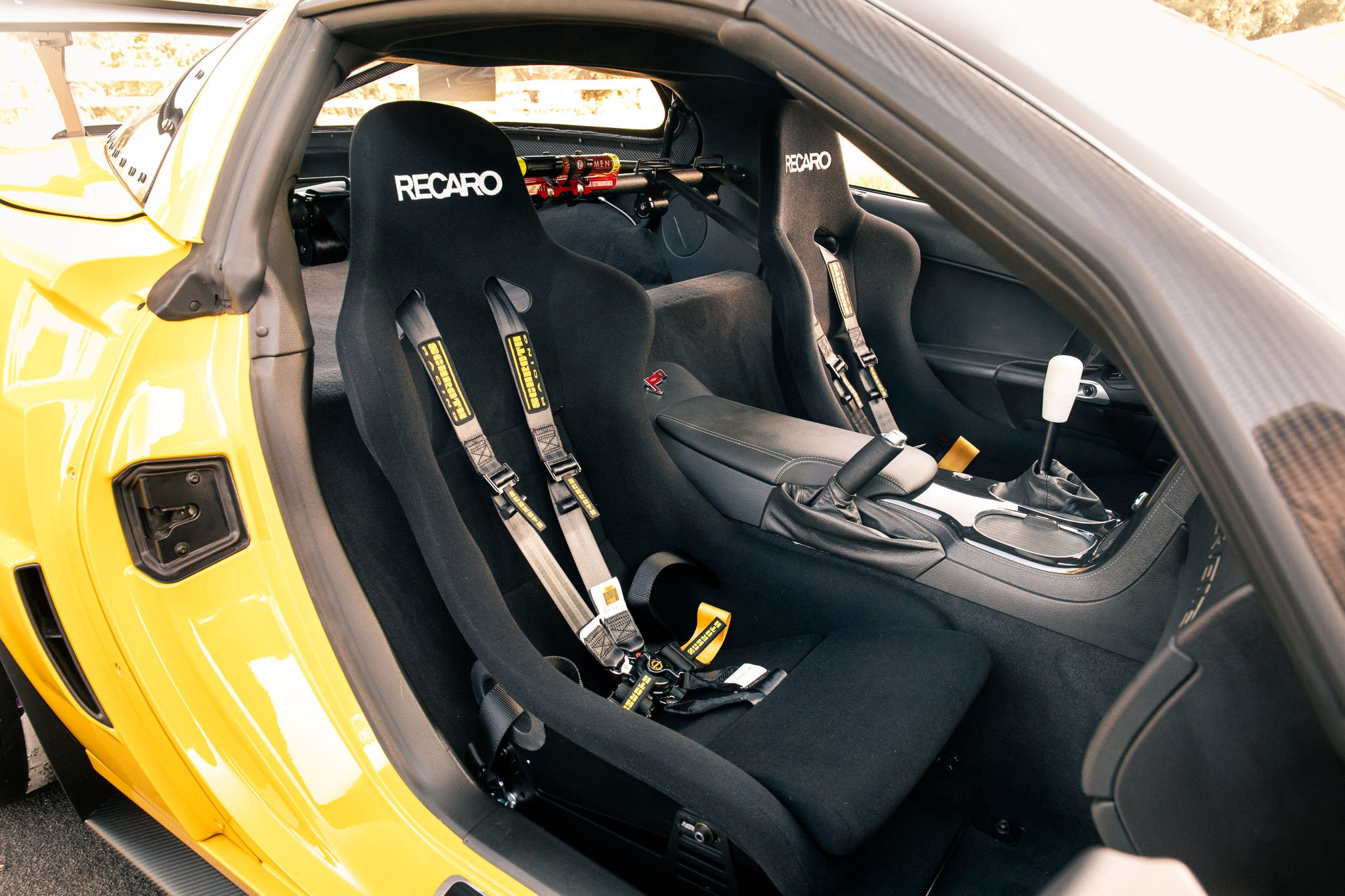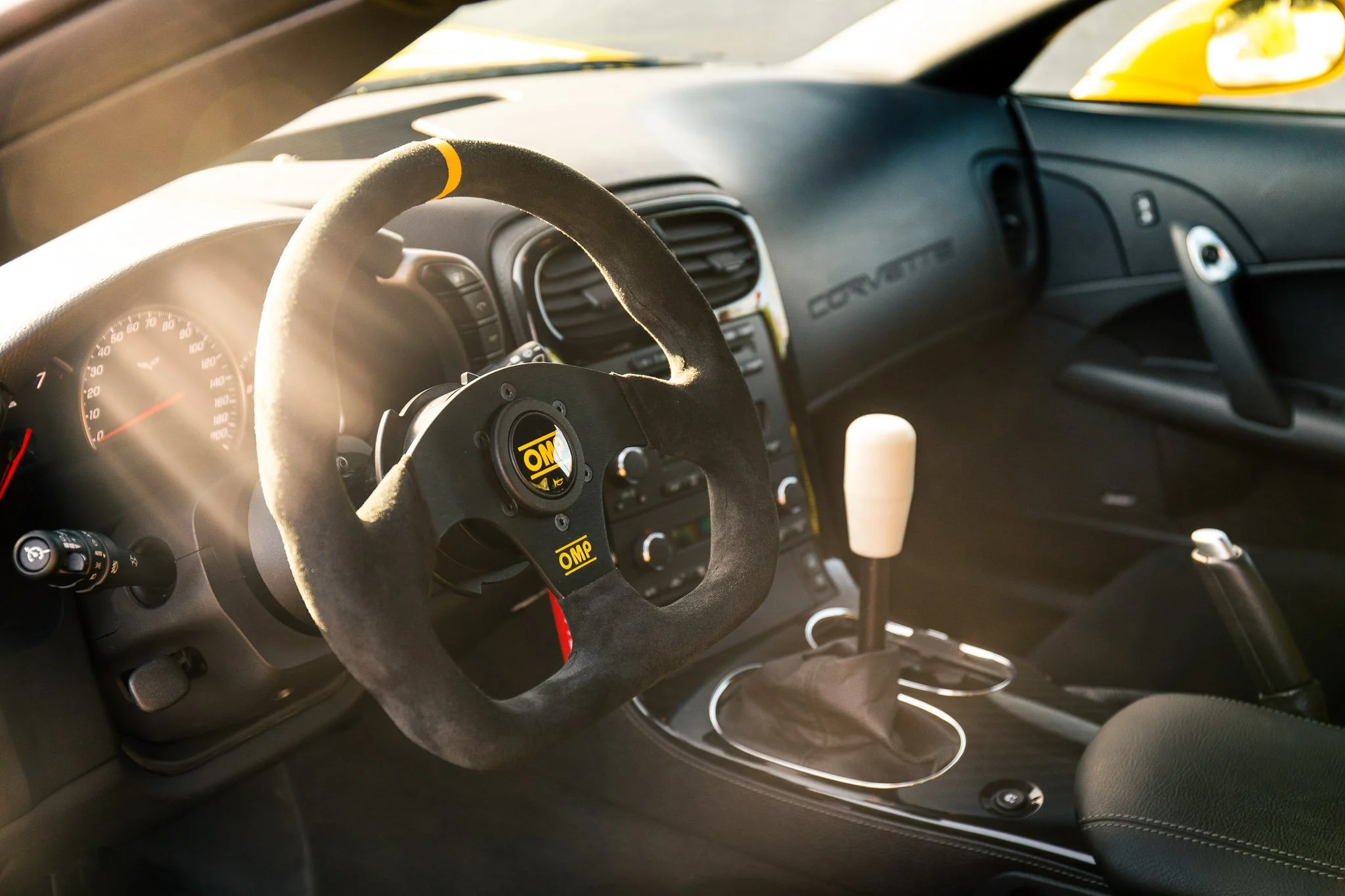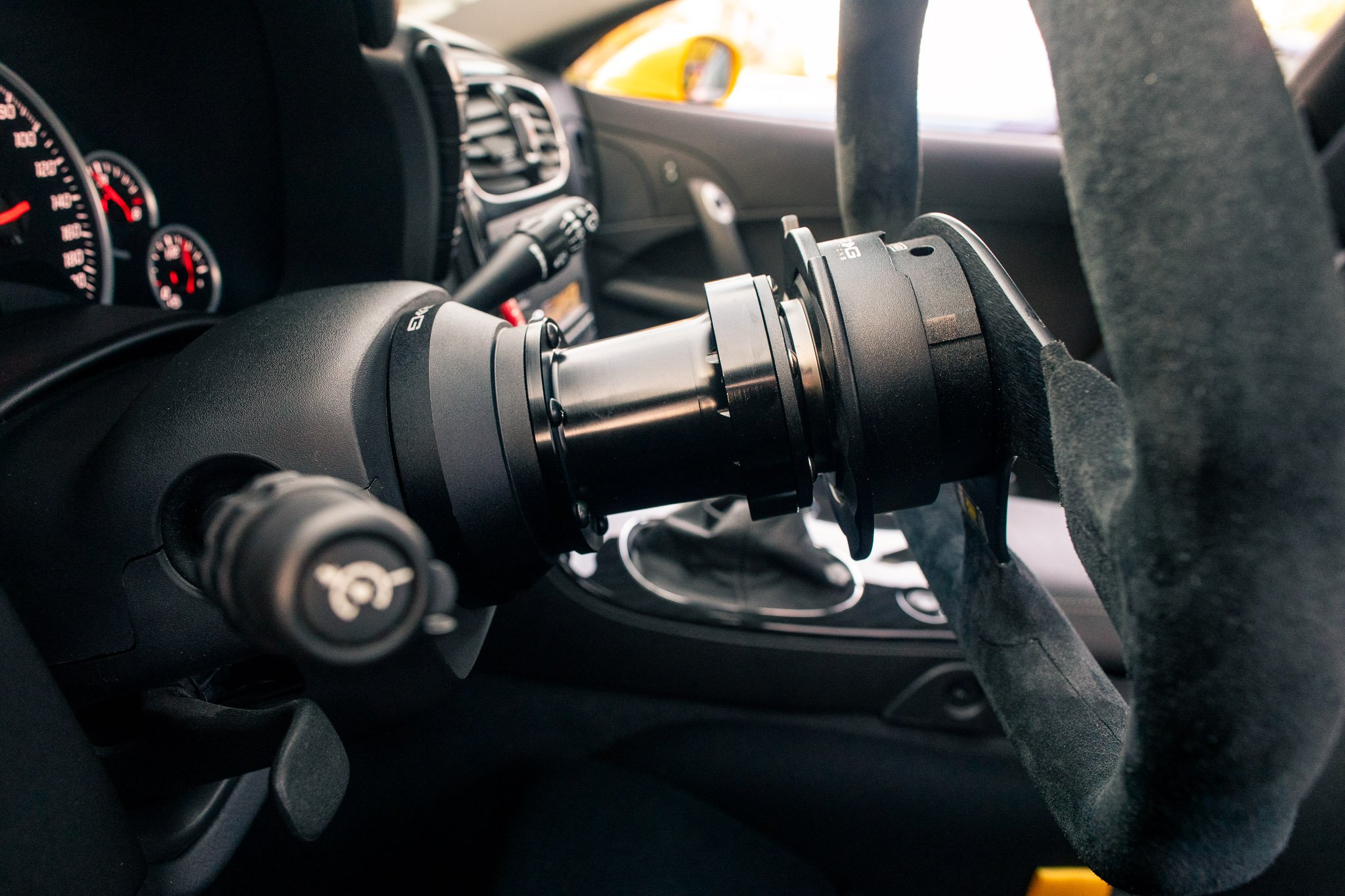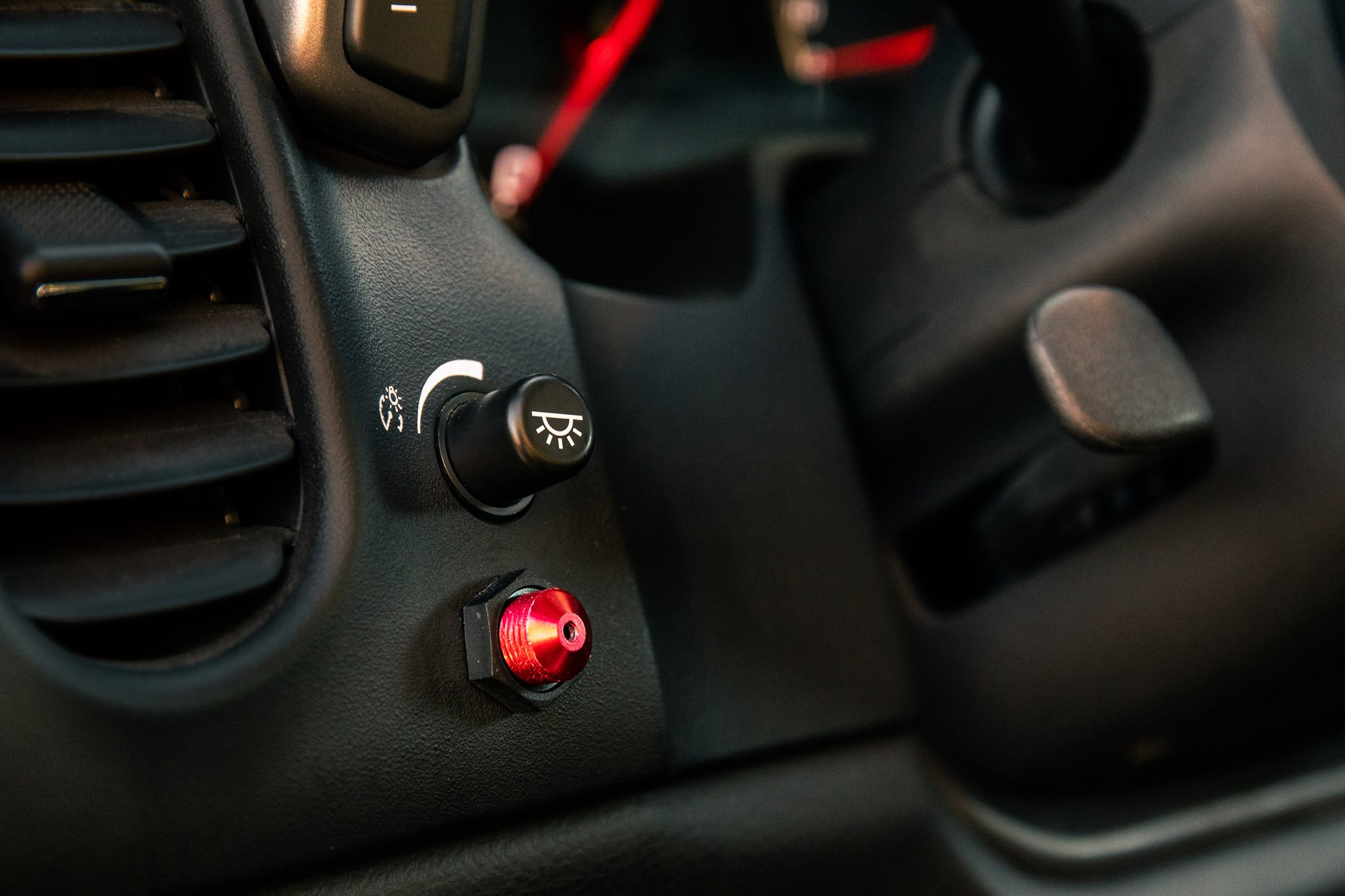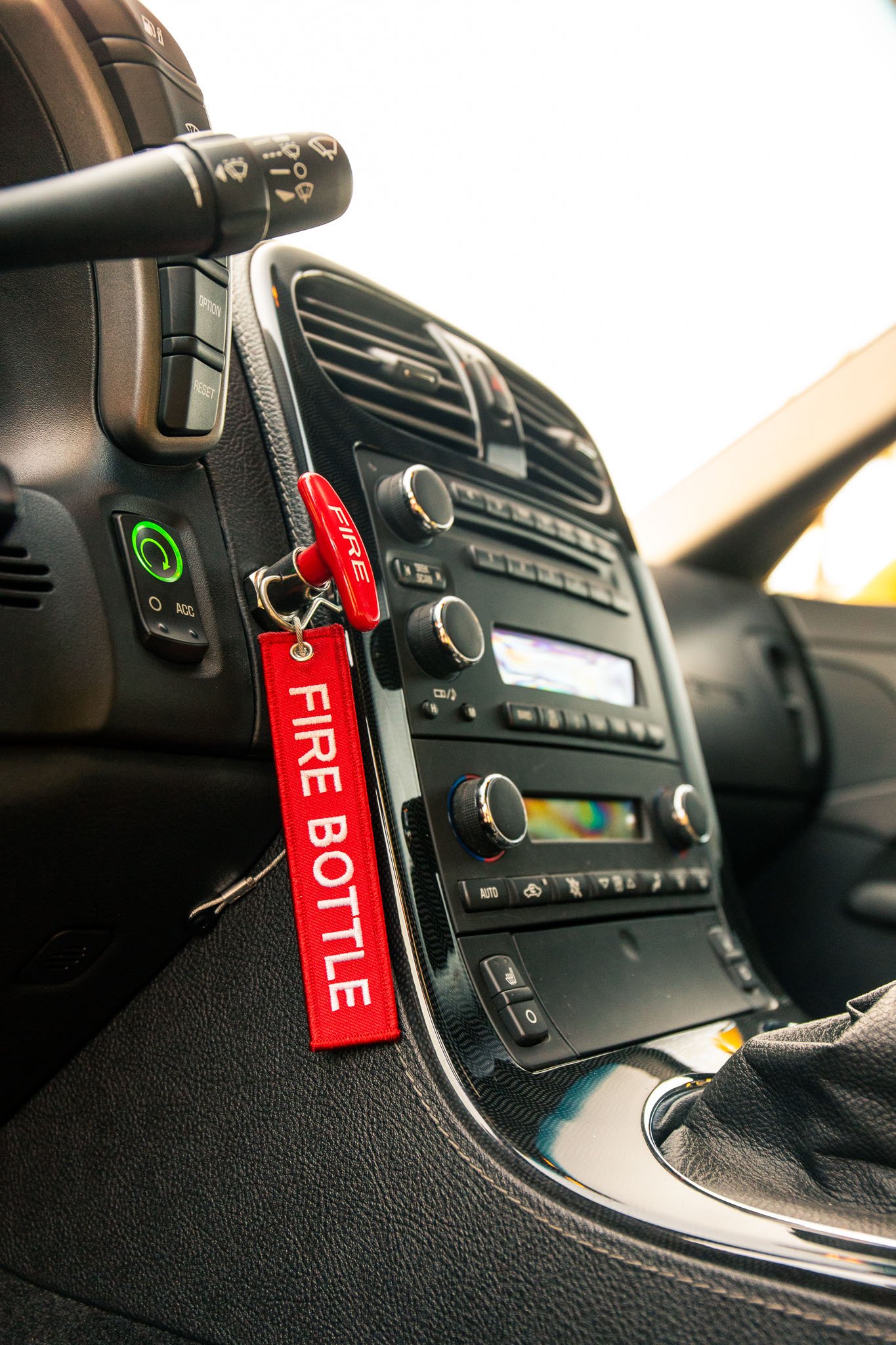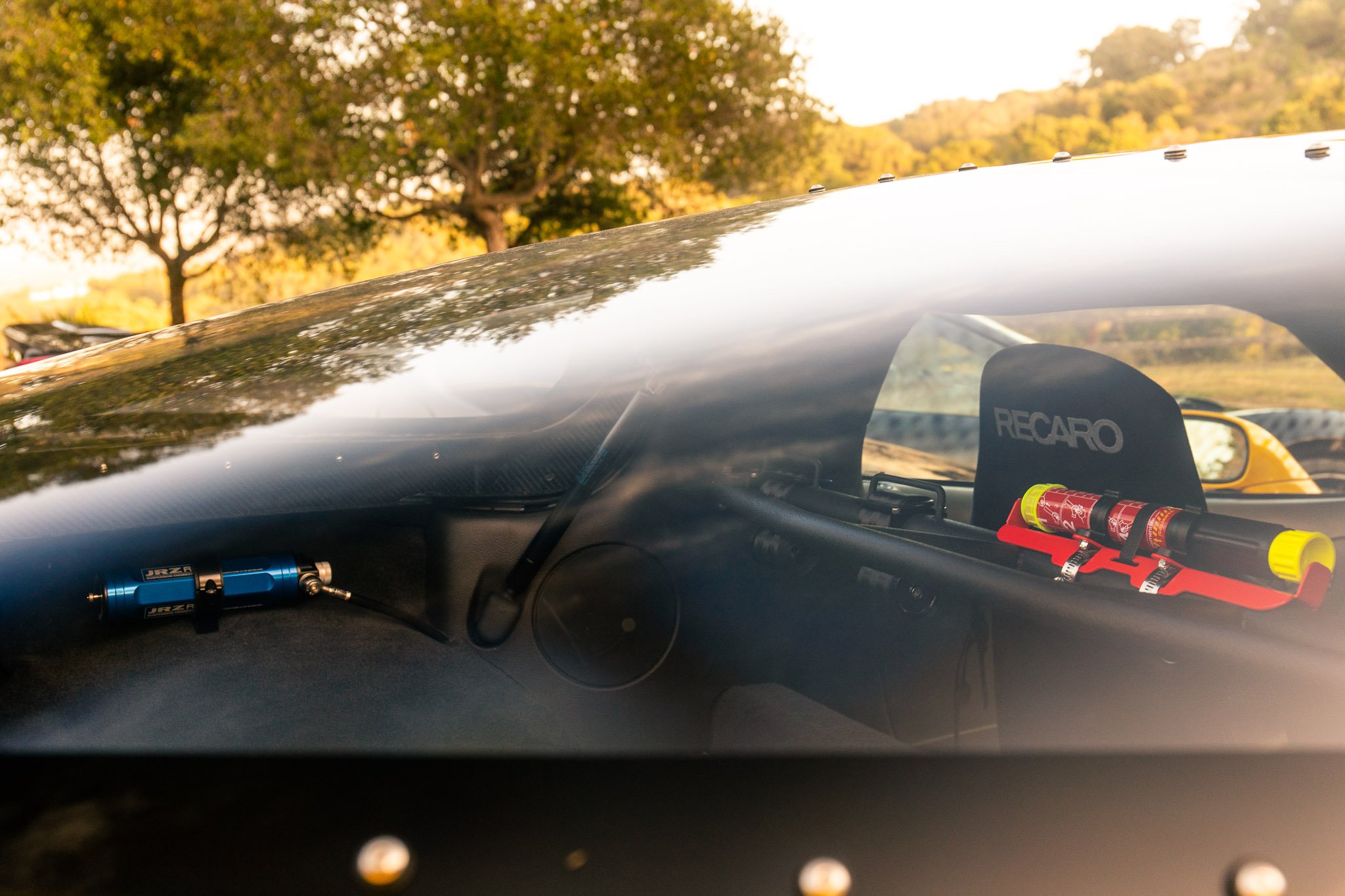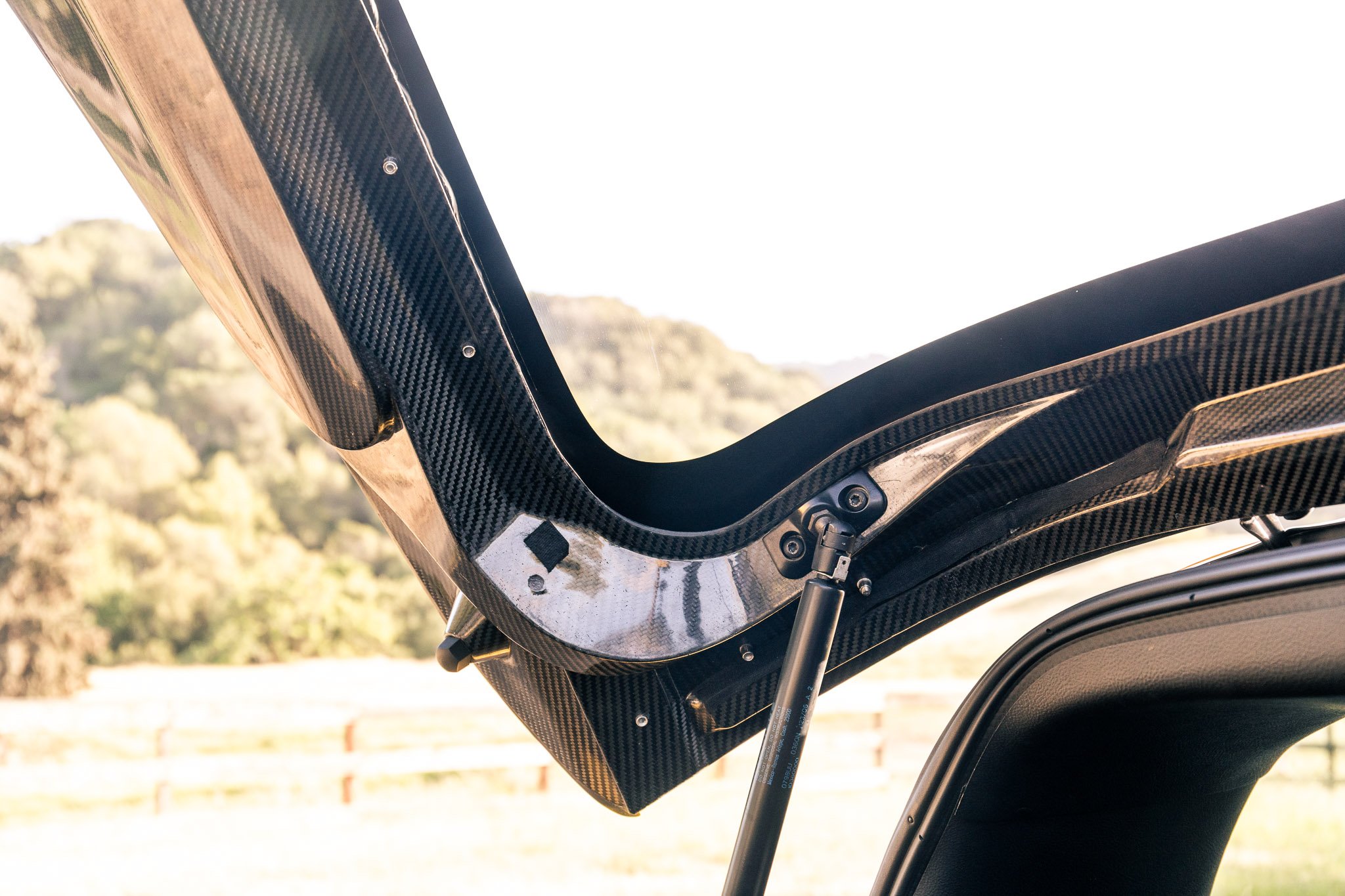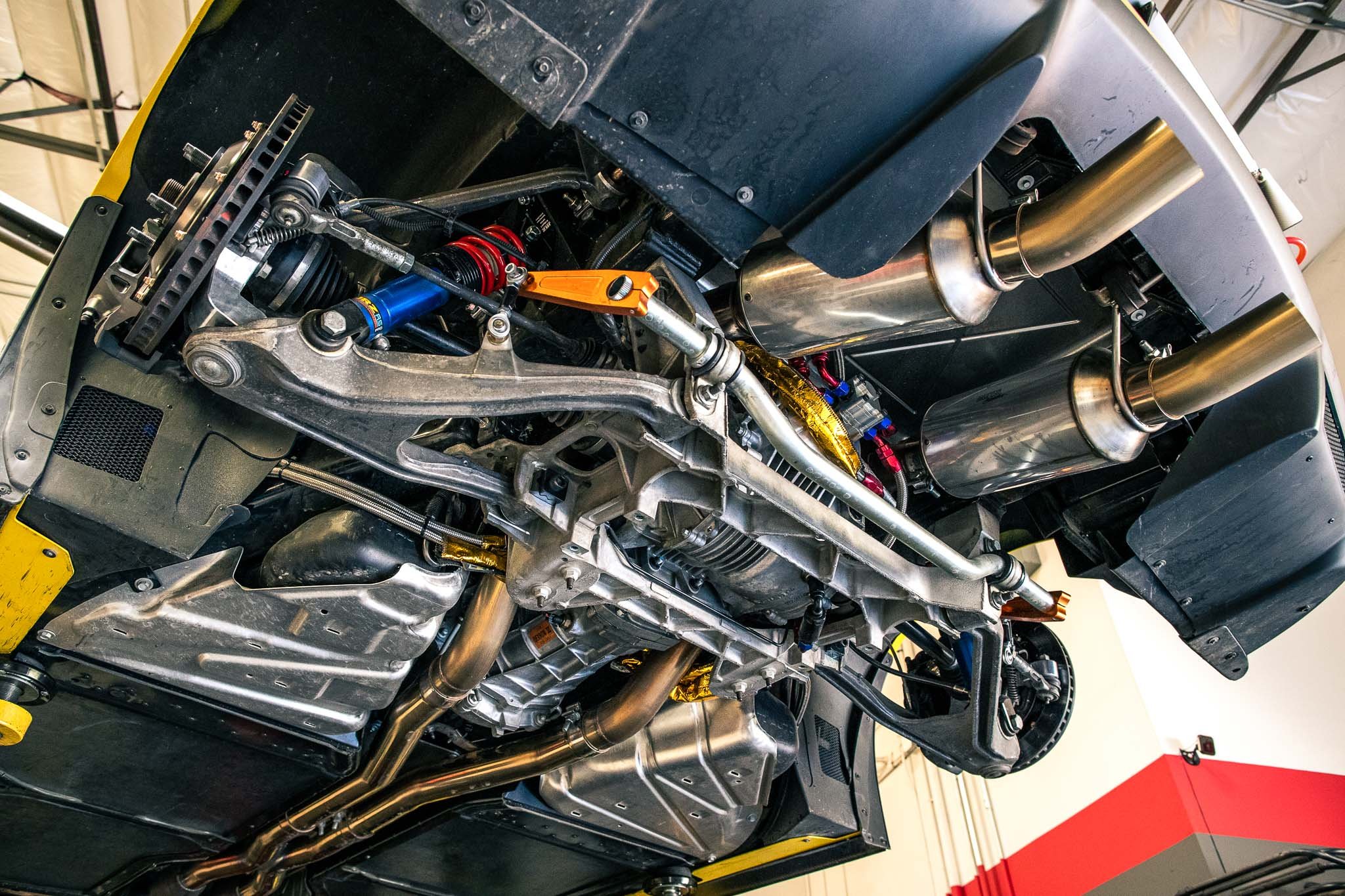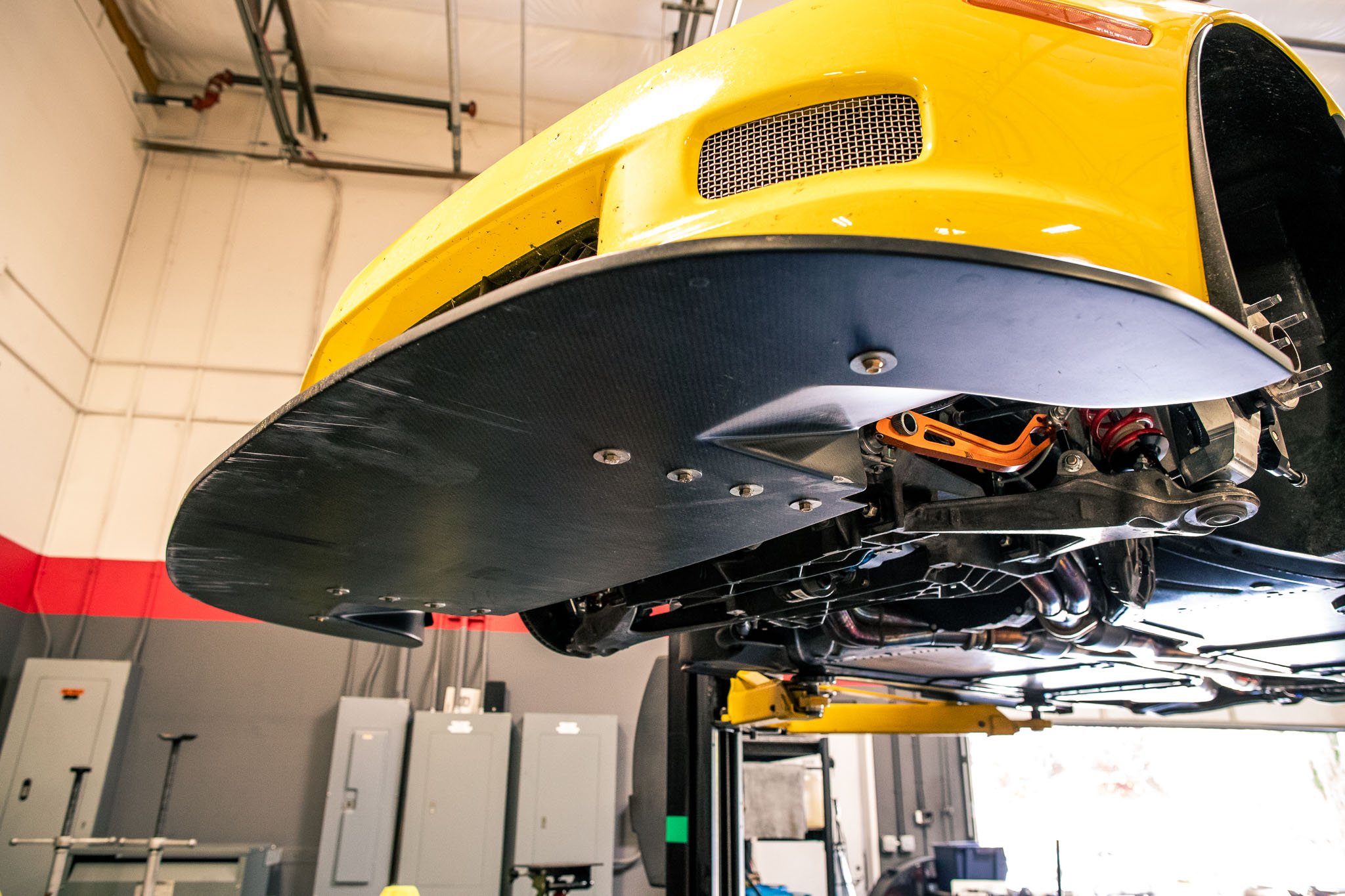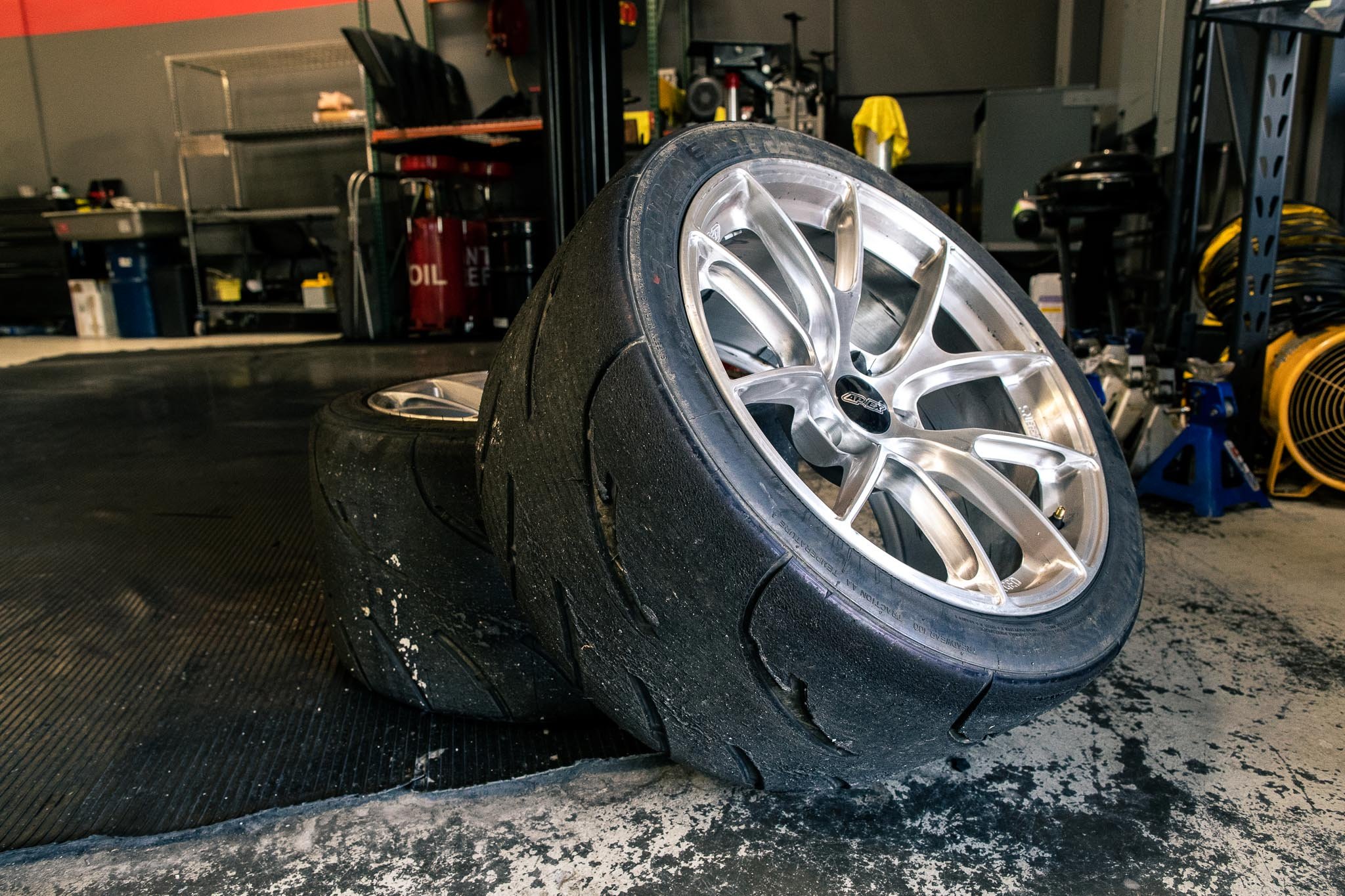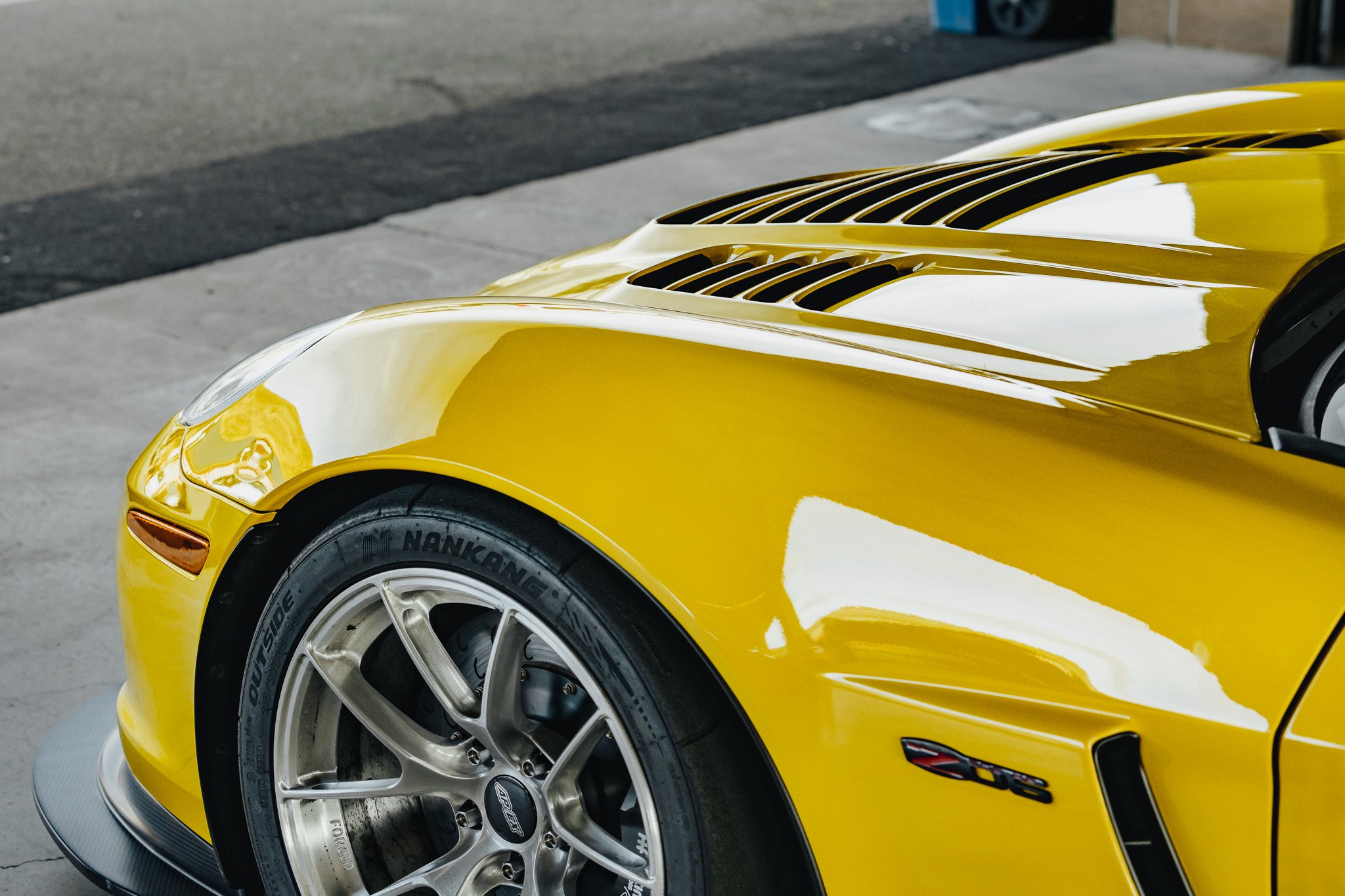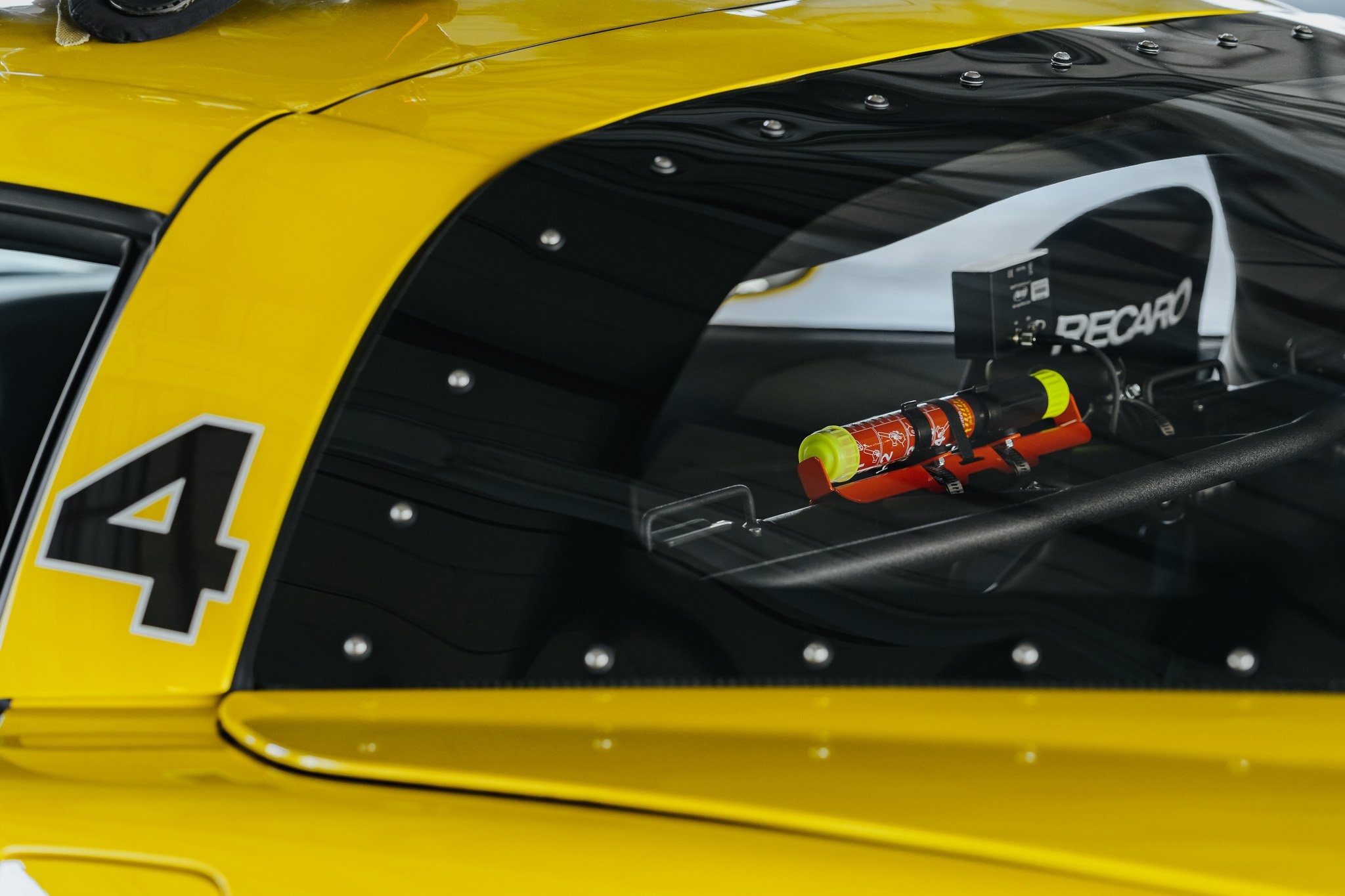LTAC C6 Z06 CLUB SPORT
2007 Corvette Z06 Club Sport
Proof of Concept
This build started with a clear objective: create a dual purpose platform capable of delivering reliable, repeatable lap performance while remaining usable on the street. The aim was to strike a true balance. Fast and durable on track, yet composed and drivable off it. Track capable without being punishing. Streetable without being soft. Every component was chosen to support that purpose.
The foundation came from a well preserved C6 Z06, serial number 43, sourced from a private collection. It had extremely low mileage, a clean history, and was already equipped with Katech’s Track Attack package, a proven setup developed by one of the most respected names in Corvette performance. Katech built engines for the Corvette Racing C5 R and C6 R programs that earned wins at Le Mans and in the American Le Mans Series. Their Track Attack configuration was designed with that same mindset: endurance and repeatability over raw numbers. It was an ideal baseline.
From there, key systems were reviewed and updated with long term reliability in mind. Potential failure points common under sustained track use, like valvetrain durability, cylinder head issues, and high wear fuel, spark, and air components, were proactively addressed while the drivetrain was out. This wasn't about chasing power. It was about creating margin.
A Dailey Engineering four and a half stage dry sump system was added to manage the increased demands of the upgraded chassis. While the LS7’s factory dry sump is capable in stock form, added downforce and grip significantly raise the oiling demands. Under high G load, oil can slosh away from pickup points, causing cavitation, pressure drops, and eventual failure. The Dailey system’s multiple scavenge stages ensured stable pressure and proper lubrication at the car’s new operating limits.
The front end was reworked to support thermal management, including revised bumper openings, a vented hood, and cheek mounted oil coolers. On a 95 degree day with track temps over 100, coolant stayed below 220 degrees. That’s a strong result for a platform known to run hot. Cooling was treated as a primary system, not an afterthought.
A lightweight seven and a quarter inch triple disc Quartermaster clutch was installed to refine the car’s response and precision. Blipping the throttle felt more like a street bike or flat plane crank Ferrari: fast, sharp, and controlled. What used to be a gradual swell through the revs became a clean, immediate snap. It brought an unexpected sense of refinement to an otherwise raw powertrain.
The goal wasn’t to build a race car or a showpiece. The intent was to create something that could have plausibly left GM as a C6 Club Sport. A track capable, street presentable variant bridging the Z07 and a full GT car. Most of the carbon was painted to blend in, but function was never hidden. From ten feet away, the car might pass as stock. Or about as stock as a GT3 RS. With a chassis mounted wing in the rear and aero driven front detail, it looked like a race car with license plates. Up close, that story held up.
GSpeed and TrackSpec Autosports contributed to the project, with Louis Gigliotti playing a key role during his time at GSpeed. TrackSpec handled drivetrain removal, the dry sump install, and electrical systems. Suspension was overhauled using remote reservoir coilovers, drop spindles, and geometry adjusted for aero balance. Every joint, bushing, and mounting point was addressed. Aero was fully chassis mounted, from splitter to cradle and wing to crash beam. It was built as an integrated system.
The final weight came in just under 3000 pounds with driver. The stereo still worked. Despite its appearance, it was one of the easiest and most intuitive cars LTAC has ever built. Predictable, stable, and clear in its feedback. It didn’t try to intimidate. It just worked.
The car’s first outing came at Sonoma Raceway, where APEX Wheels featured it during a media shoot. During shakedown laps, it ran a low 1 minute 42 second lap on Nankang AR1s. This was done with no suspension tuning, no aero balance, and while still chasing chronic understeer and corner exit traction. Those traits pointed to typical early phase issues: front end grip imbalance and rear traction under load. Mechanical grip and aero are not bolt on solutions. They require tuning. Even so, the car held up. Temperatures stayed in check, handling was predictable, and nothing let go.
Unfortunately, the car didn’t make it past the second day. A suspension issue at Turn 8 caused a high speed off. The coilovers, originally valved for a C5, lacked the stroke to support the additional load. The shock bottomed out mid corner and destabilized the platform. It was a clear example of what happens when a system runs out of room. It wasn’t a reckless drive, just a setup pushed past its limits. The shoot had wrapped by then, and in some ways, that made closure easier.
Following the incident, a call was made to a trusted contact to see if anyone might be interested in the car. That conversation led to a quick sale. It was a decision made more from instinct and finality than planning. The buyer later completed the rebuild and helped place the car with a new owner overseas. While the current status isn’t closely followed, the last known plans involved bringing it to Europe and running laps at the Nürburgring. If that’s where it ended up, the idea fits.
A proper Club Sport build should be balanced, capable, and unapologetic. It isn’t about comfort or lifestyle. It’s a road legal race car built to perform consistently under load. Designed to handle heat, stress, and wear without breaking rhythm. Focused on function and engineered to last.
GM came close with the ZR1, but it couldn’t run long sessions without heat issues. The Z06 had the right bones. This build was LTAC’s answer to what GM never released. The C6 Club Sport that could have been.
Every part of it reflected that philosophy. And every project since has carried something forward from this one.


